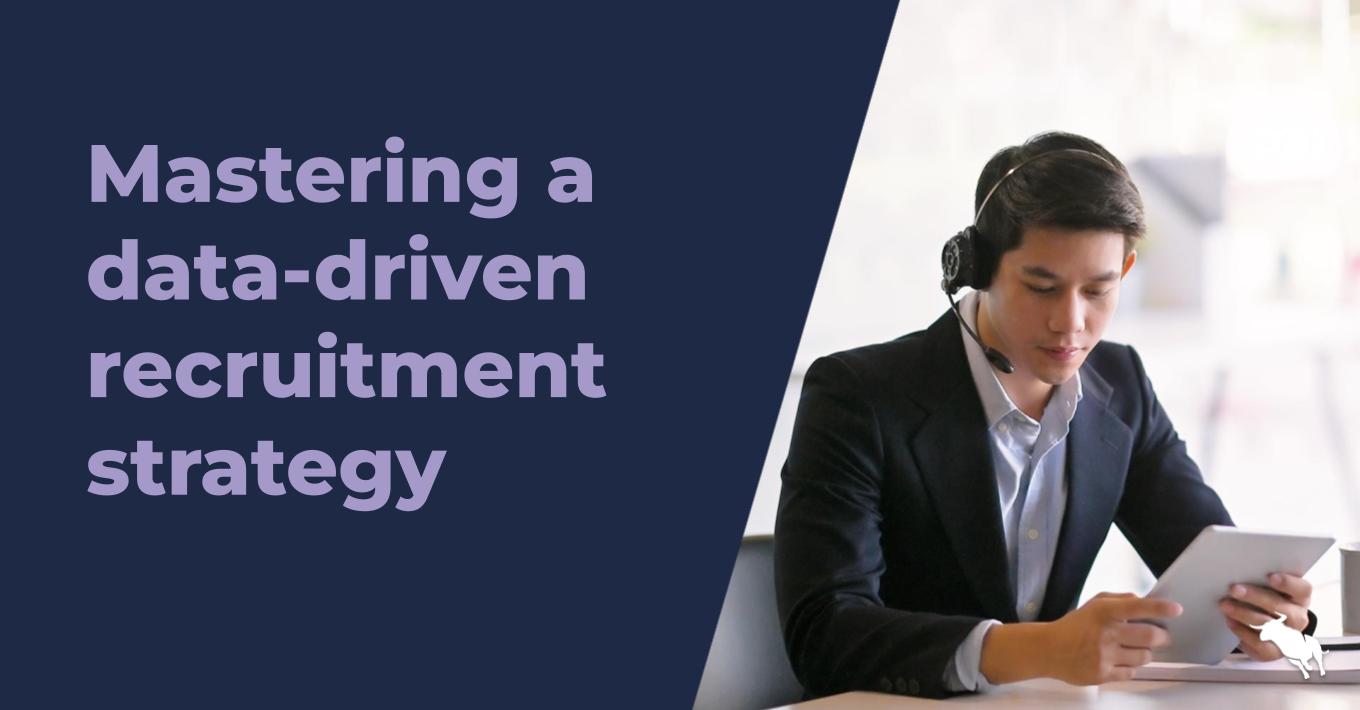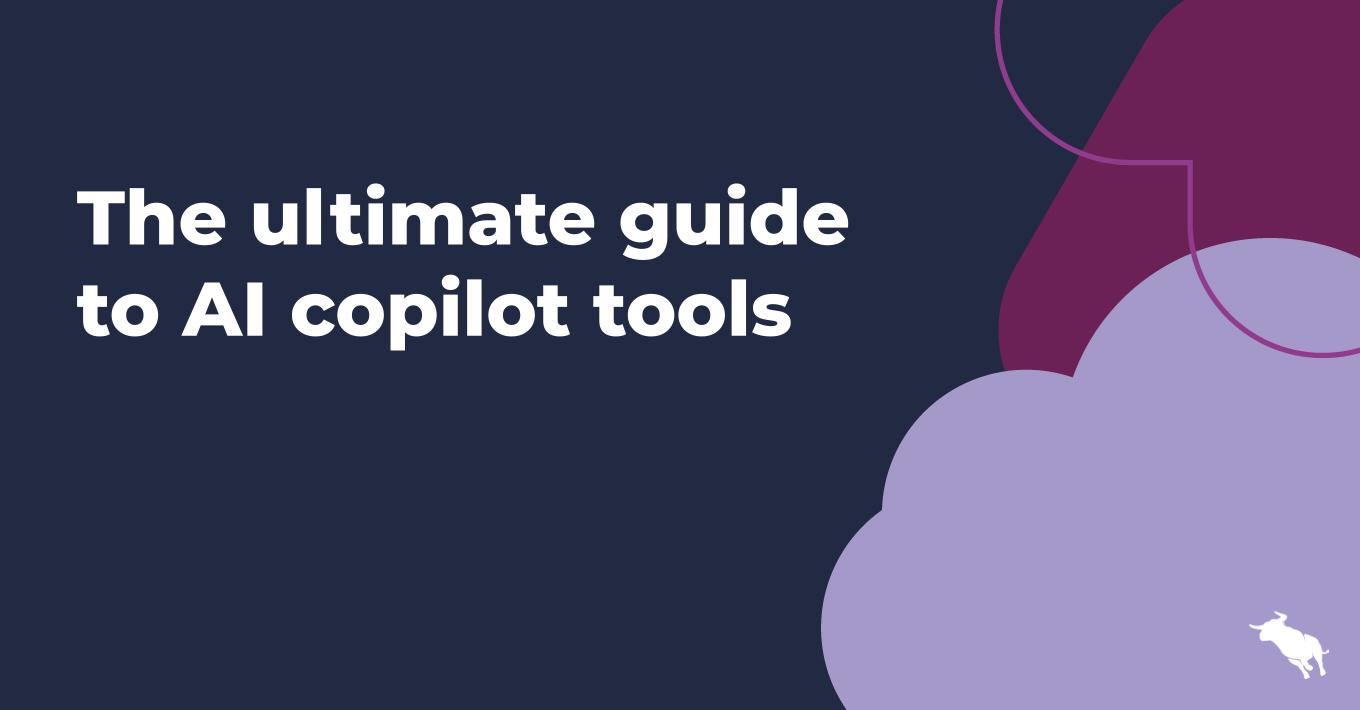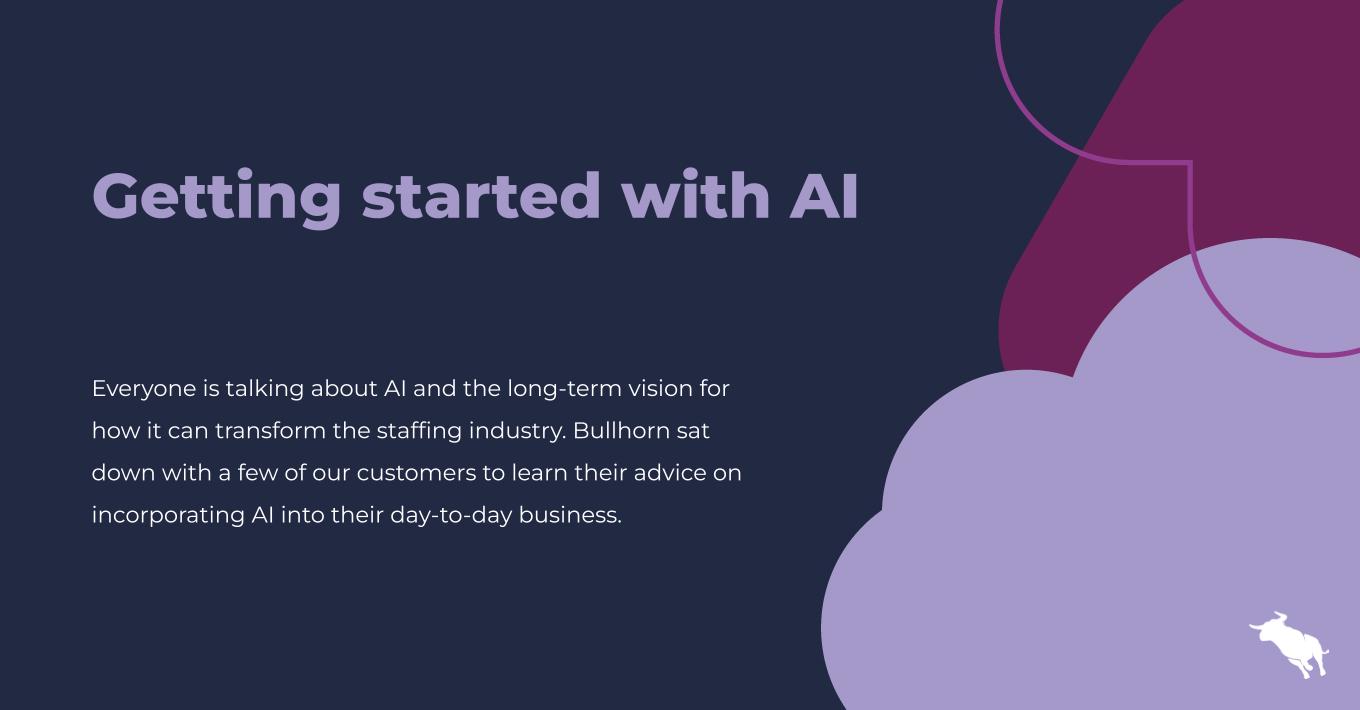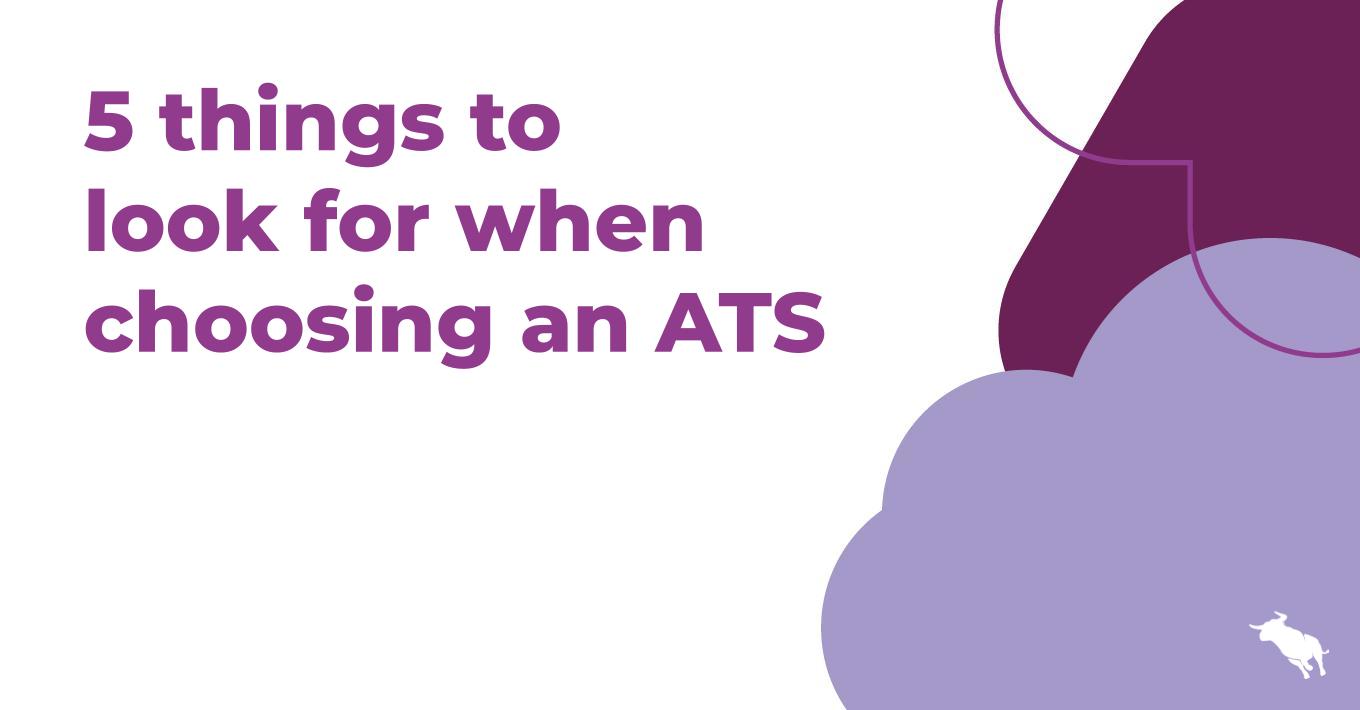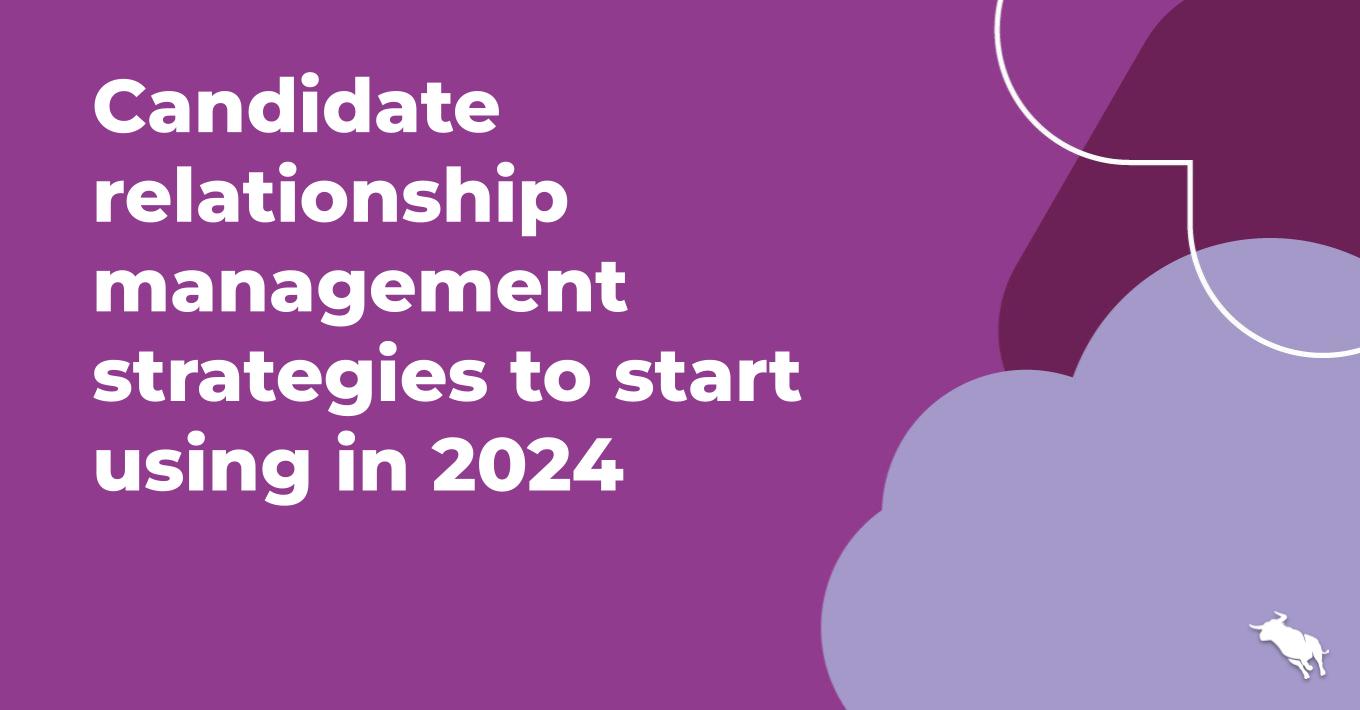Setting Your Firm’s Candidate Engagement Apart
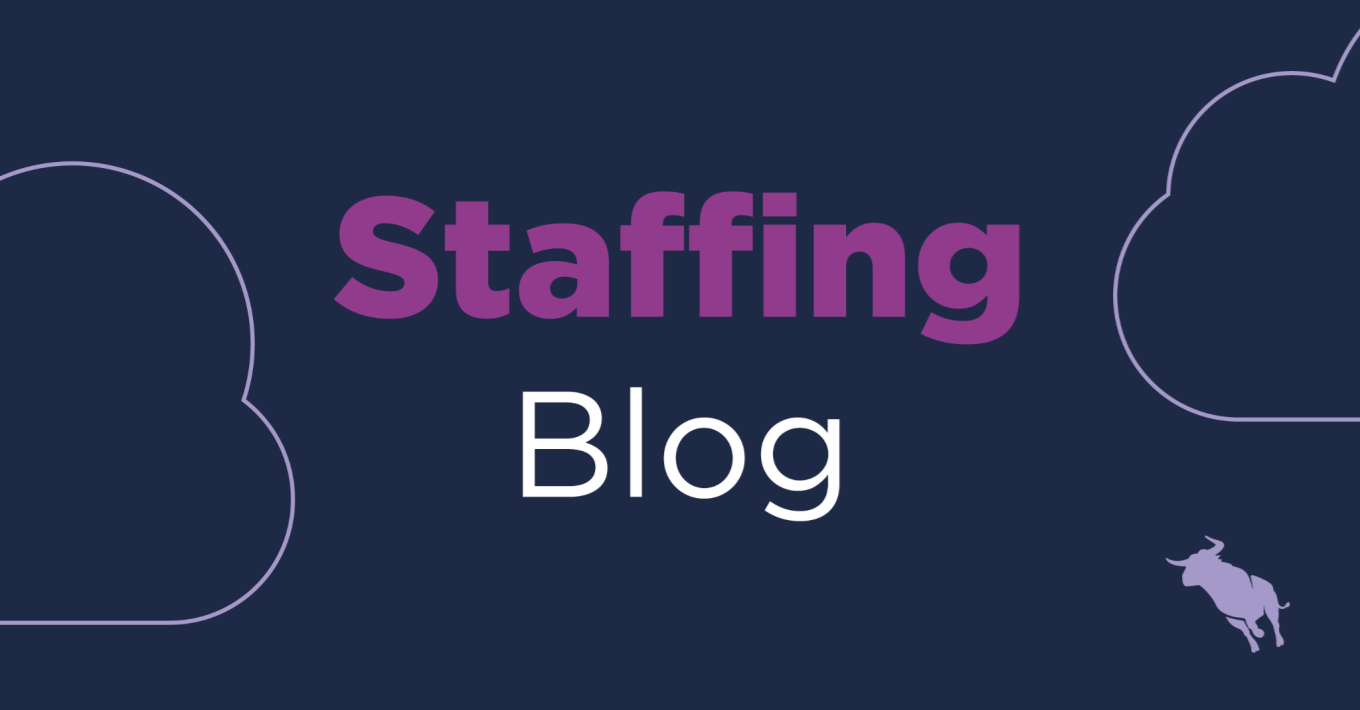
As the benefits of candidate engagement become more widely acknowledged and understood, you can expect that yours won’t be the only firm that puts a heavy focus on CE. Here are just a few ways you can set yourself apart from the crowd.
- Market to and Communicate with Your Candidates
- Define Your Engagement Processes
- Create Internal Alignment
- Use Technology to Drive Operational Efficiencies
Marketing and Communication
When it comes to communication, your candidates want to be treated as people, not numbers. The best firms will see the value of being personal and will customize communication or marketing material that they send their candidates. It’s more than simply sending candidates jobs that are appropriate to their skillsets—we’re talking about pandering to their likes and dislikes, and creating conversations unique to them.
“How are the kids?” “Made it out to the links lately?” “Did you enjoy your break?”
These are the types of questions that prove you listen and care—that you’re invested in the candidate’s job search outcome. It could be as simple as sending each candidate a personalized message on their birthday.
You should also know whether the candidate prefers email, text, or a phone call, and for your own sake, when they are most likely to respond or take a call. This strategy is reliant on actively logging conversations in your ATS. Even more valuable is an ATS that not only automatically logs this information, but then organizes it in an easily digestible way and provides insights that you can take action on. The impact on candidate engagement and experience is undoubtedly worth it.
It’s important to think of your firm’s marketing approach in a holistic way. It’s not simply a matter of being active on job boards and having a website. Your marketing efforts extend to how people perceive your employment brand, and how your previous candidates are describing their dealings with you.
Engagement Processes
The prevalence of VMS technology and the subsequent requirement to submit candidates within 48-72 hours of a job being posted means that a huge amount of applications —up to 90%—are never even looked at by recruiting firms. These are the applications that come in after the cut-off, so the short-term impetus to review them simply isn’t there. But when it comes to candidate engagement, your firm needs a longer-term approach.
Automated follow-up processes are the only way to ensure a good experience with your firm and that candidates aren’t forgotten.You should help them get a sense for how quickly jobs open (and close), and offer openings that will encourage them to try again. Providing interesting, relevant content can also help to keep these candidates interested in working with you while adding value to them. These automated processes should aim to set realistic expectations for the candidate, help supplement their existing job hunting efforts, and should offer up truly valuable resources. This combination, while difficult to achieve, will certainly set you apart.
As we saw in the breakdown of the candidate journey earlier, there are many steps involved in the process of placing a new hire. If there is a breakdown in communication at any one of these touchpoints, a candidate’s experience can turn sour. Processes should be in place to:
- Provide quick, respectful updates when anything happens that moves the process forward
- Deliver a communication if a part of the process is taking longer than expected
- Notify a candidate if a position they interviewed for has been offered to someone else, and offering advice on how best to move forward
- Move an unsuccessful candidate to “continual engagement” to keep the prospect warm
Internal Alignment
Recruiters are understandably focused on the here and now. They have job openings to fill and need candidates to fill them. But such a short-term mindset can be damaging to the greater candidate experience. It’s up to the organization’s leaders to create processes and structures that ensure recruiters can do their jobs efficiently, but without burning bridges with prospects.
Appointing an executive sponsor for your firm’s candidate engagement strategy is a good place to start, giving the strategy a leader and figurehead. Name the strategy, set time aside during the working week for it, and incentivize good performance within it.
Aligning your recruiters and salespeople is also vital to the success of your candidate engagement efforts. These two groups are so often disparate. Sales doesn’t want to push too hard and lose their clients, while recruiters don’t want to waste their time on trivial jobs. But uniting them behind the one goal—placements and commission—will get everyone rowing in the same direction.
This rests on your executive sponsor effectively communicating the benefits of candidate engagement to both groups. Sales will be dealing more directly with the client, and thus play an important role in updating prospective candidates on where they stand. Intra-office communication needs to be clear and efficient in order for your candidate engagement strategy to work.
The benefits to present to sales should be fairly self-evident. More candidate choice, and candidates of a higher caliber than might otherwise be the case, will mean that your firm is in the best position to offer the perfect person for an open job. Your clients will be consistently happier with the personnel that you supply, which should really be the mission statement of any good recruiting firm.
But it’s not just about the personnel you’ll be able to offer. You can expect a much faster submission time when you share a good relationship with your candidates. The fact is that your clients will often quibble over the particulars of a position for months on end, but when they decide what they want or need, they expect you to be able to deliver within days, or even hours. Unfair? Sure. But a focus on offering up a good experience to your candidates will allow you to make the best of a challenging situation.
A happy, trusting and motivated candidate will be more likely to take your call or answer your email when you try to make contact about an open position. And if you’ve got a good number of appropriate candidates to offer up to your client, you’ll be in a position to submit far more quickly than your competitors.
Operational Efficiency through Technology
Using tech to work smarter, not harder, our digital world offers up incredible opportunities to automate many of the processes that a solid candidate engagement strategy relies upon. A few include:
- Job Posting: Many providers are able to automatically post a position to multiple sites and ensure a quick and mobile application process.
- Candidate Communication: You should use the insight your ATS provides regarding the best time and method to communicate with your candidates.
- Relationship Status: A properly utilized ATS will be capable of identifying the people who you should reach out to at any given time whether they are coming off a contract, have an issue that you should get involved with, or are a top candidate who hasn’t been contacted for a while.
- Onboarding to Redeployment: Further to regular communication, technology can be utilized in the processing of new hire documents, obtaining feedback about a candidate’s experience as an employee, assisting them in getting them hired again, and ultimately strengthening your relationship.
- Personal Communication: One-to-one communication should be focused on your highest value targets. Technology can enable this process to be much more automated or, at a minimum, provide reminders to take these actions.
- Systematic Mass Communication: Technology can take care of regular contact to your entire audience, still keeping it personal by filling in certain fields and choosing which message to send based on information about the candidate. The communications should appear perfectly natural and be based on the candidate’s behavior (such as viewing a job) or your interactions with them (such as an upcoming interview or a note from more than 3 months ago).
